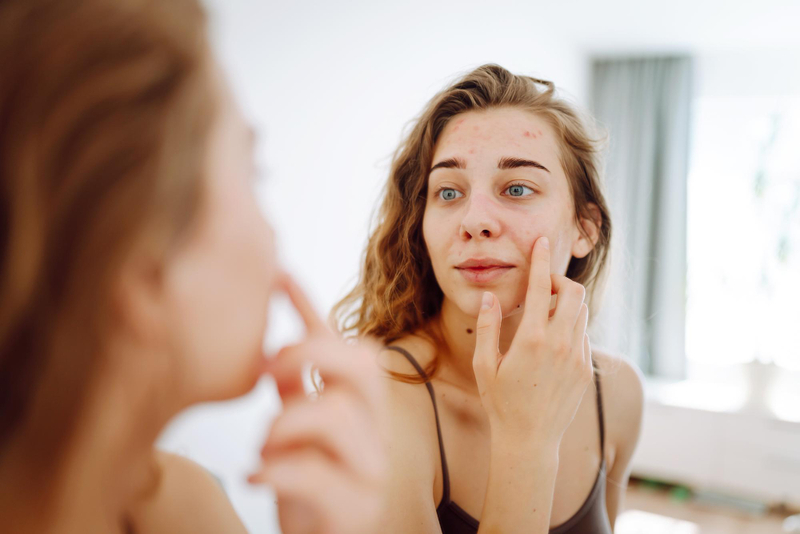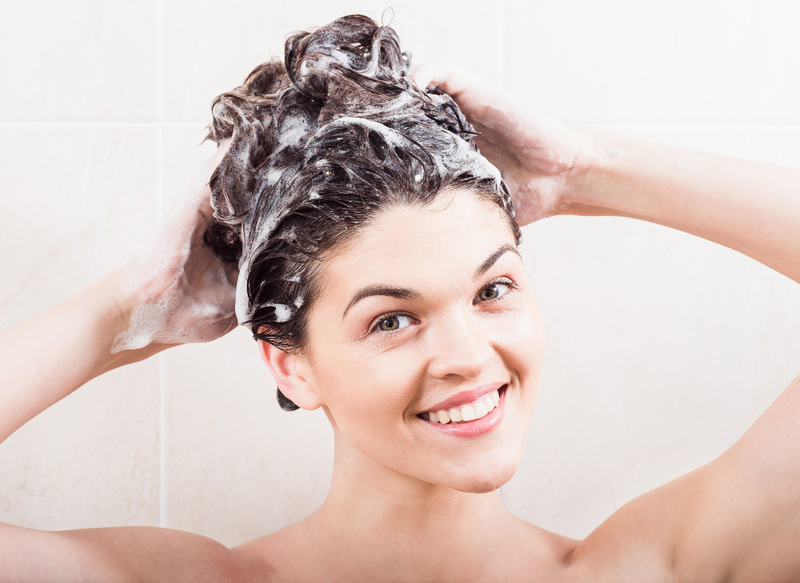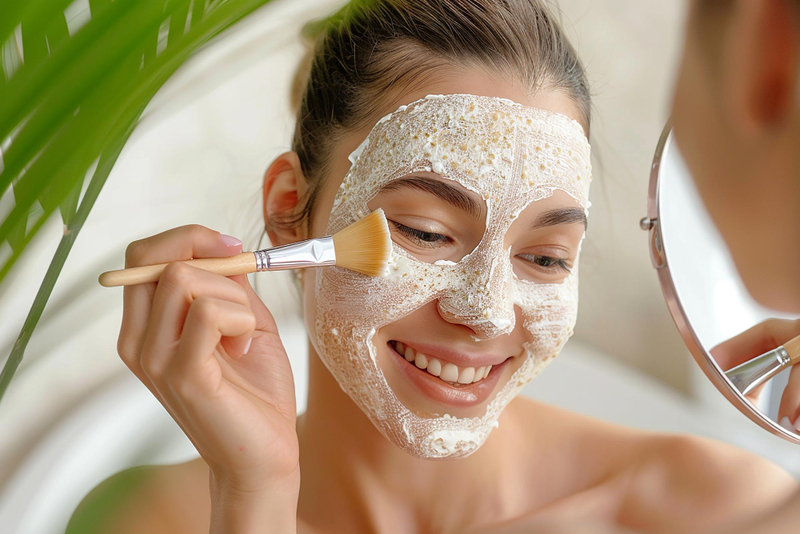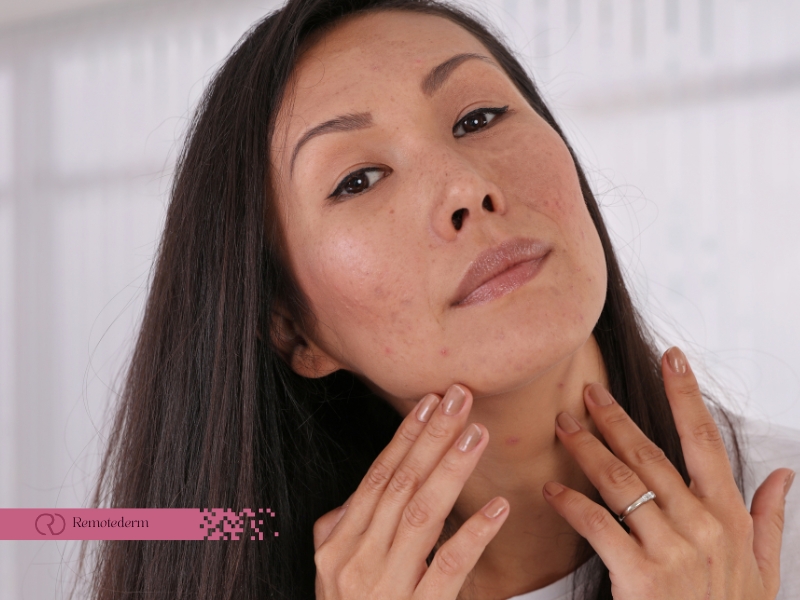Sebum plugs are the little annoying things that people really want to get rid of. They are acne, comedones, and other skin problems that can really make a person feel bad. The focus of this article is going to be to review the issue of what sebum plugs are, why they appear, and how to get rid of them. Be it Canada or anywhere else, the understanding and controlling of sebum plugs is the key to achieving clear and healthy skin.
What are Sebum Plugs?
When the seborrheic glands produce too much of their oil (sebum) in combination with dead skin cells, these plugs form. They are usually found on the face and scalp, which is very common. Sebum plugs a crucial role in the skin’s hydration and protection functions. Conversely, the overproduction of sebum can cause clogged pores in the skin, which can ultimately result in different types of acne, including cystic, black, and whiteheads. Additionally, fungal infections, such as ringworm, can exacerbate these skin issues, leading to more severe complications. Proper skincare and hygiene are essential to prevent both sebum plugs and fungal infections.
Causes of Sebum Plugs
There are many causes of the formation of the sebum plugs namely:
- Hormonal Changes: The different stages of life, such as puberty, pregnancy, and menstruation, can make our sebum glands more active. Moreover, hormonal imbalances can lead to chronic sebum overproduction.
- Poor Skincare Habits: Infrequent washing of the face or scalp. Also the use of comedogenic (pore-clogging) skincare and hair products.
- Diet and Lifestyle: High sugar and dairy intake can increase sebum production. On the flip side, stress and deprivation of sleep can make skin problems even worse.
Symptoms and Identification
Identifying sebum plugs can help in addressing them effectively. Common signs include:
- Whiteheads and blackheads which are visible plugs at the surface of the skin.
- Cystic acne is mostly made up of a painful swelling under the skin.
- An oily scalp gives rise to greasy patches and may even result in hair loss as a consequence of clogged hair follicles.

How to Get Rid of Sebum Plugs
Managing and treating sebum plugs involves a combination of good skincare practices and lifestyle adjustments:
1. Consistent Skincare Routine
Managing the plugs of sebum properly starts with cleansing your skin. A delicate cleanser, used twice a day, will help you get rid of excess oil and impurities. Introducing chemical exfoliants, including salicylic acid, in your organics to keep your pores clean and to prevent them from being blocked is a brilliant idea. At last, pick non-comedogenic moisturizing creams so that your skin gets enough moisture without the product clogging your pores. This practice is what we have to do to get clear and healthy skin.
2. Scalp Care
To ensure the good health of the scalp it is vital to wash the hair regularly using special products that are designed to manage the overly oily scalp. One more recommendation here is to steer clear of the heavy hair products, instead go for the lightweight ones that will not get stuck in your hair and make it look fresh and clean.
3. Diet and Hydration
A balanced diet is essential; eat fewer sweet and oily foods to get clear skin and a healthy scalp. Besides, drink lots of water to stay hydrated, this will ensure that your skin and your scalp are in their best condition.

When to See a Dermatologist
In case you have been trying to get rid of sebum plugs that are not going away and they are not responding to the treatment, then it is time to see a doctor. An online dermatologist Canada can explain personalized plans to you and give you treatment options.
Sebum Plugs Home Remedies and Myths
The fact that there are numerous alternative treatments that claim to be effective against sebum plugs doesn’t mean that you shouldn’t tell the difference between the valid ones and the myths:
Effective Home Remedies
There are some times when the most effective interventions become readily available. Here are some remedies to help you manage sebum plugs.
- Tea tree oil is known for its antibacterial properties.
- Clay masks can help absorb excess oil and reduce sebum plugs.
Myths
Not everything you hear about skin care is true. Let’s debunk a couple of common myths on the plug of sebum:
- Toothpaste on Pimples: Can irritate the skin rather than help.
- Aggressive Scrubbing: Can worsen the problem by irritating the skin.
Plug of Sebum Prevention Tips
Prevention of getting sebum plugs is made easier through the application of the suitable habits and products:
1. Choose the Right Products
To minimize the likelihood of clogging pores, it is best to prefer non-comedogenic skincare and hair care products. Apart from these, select oil-free options to decrease the excess oil on your skin. Also, treatments from the professionals will do the job. Incorporate techniques such as chemical peels or facials into your skin treatment routine to keep your complexion clear.
2. Regular Exfoliation
The major positive aspect of exfoliation is that the dead skin layer is removed completely and there is no chance of it mixing with the sebum. Providing these benefits, this practice can also help to brighten the skin. Moreover, exfoliation can make treatment products more effective by enabling them to penetrate deeper.

Final Thoughts
Sebum plugs can be a very annoying skin problem however, if you approach them wisely and with caution, you can end up doing a good job of controlling them. By sticking to the proper skin care routine, doing some lifestyle changes, and getting advice from professionals when it is necessary, you can have clear and healthy skin. Use gentle, non-comedogenic products, get the personalized help of an online dermatologist in Canada, and maintain a balanced diet along with good skincare habits to prevent sebum plugs.
FAQs
1. Can sebum plugs lead to hair loss in people?
Simply put, yes. The plugs of sebum available on the scalp might end up blocking hair follicles. If this situation is not managed properly, it will potentially lead to hair loss in individuals.
2. Are sebum plugs considered the same as acne?
Sebum plugs are not totally the same as acne, although they can give rise to acne. Sebum plugs are a kind of non-inflamed pore that gets blocked while acne is inflamed with the bacteria.
3. Can an individual’s diet have an effect on sebum production?
Indeed, a diet considerably made up of sugars and dairy products will accelerate the process of sebum development, hence, making it more likely to get clogged pores and suffer from acne.
4. Can I extract sebum plugs at home?
It is not recommended to extract the plugs of sebum at home by yourself since unprofessional and incorrect techniques might lead to infection and even skin damage. It is better to always consult a dermatologist for the safest approach.
